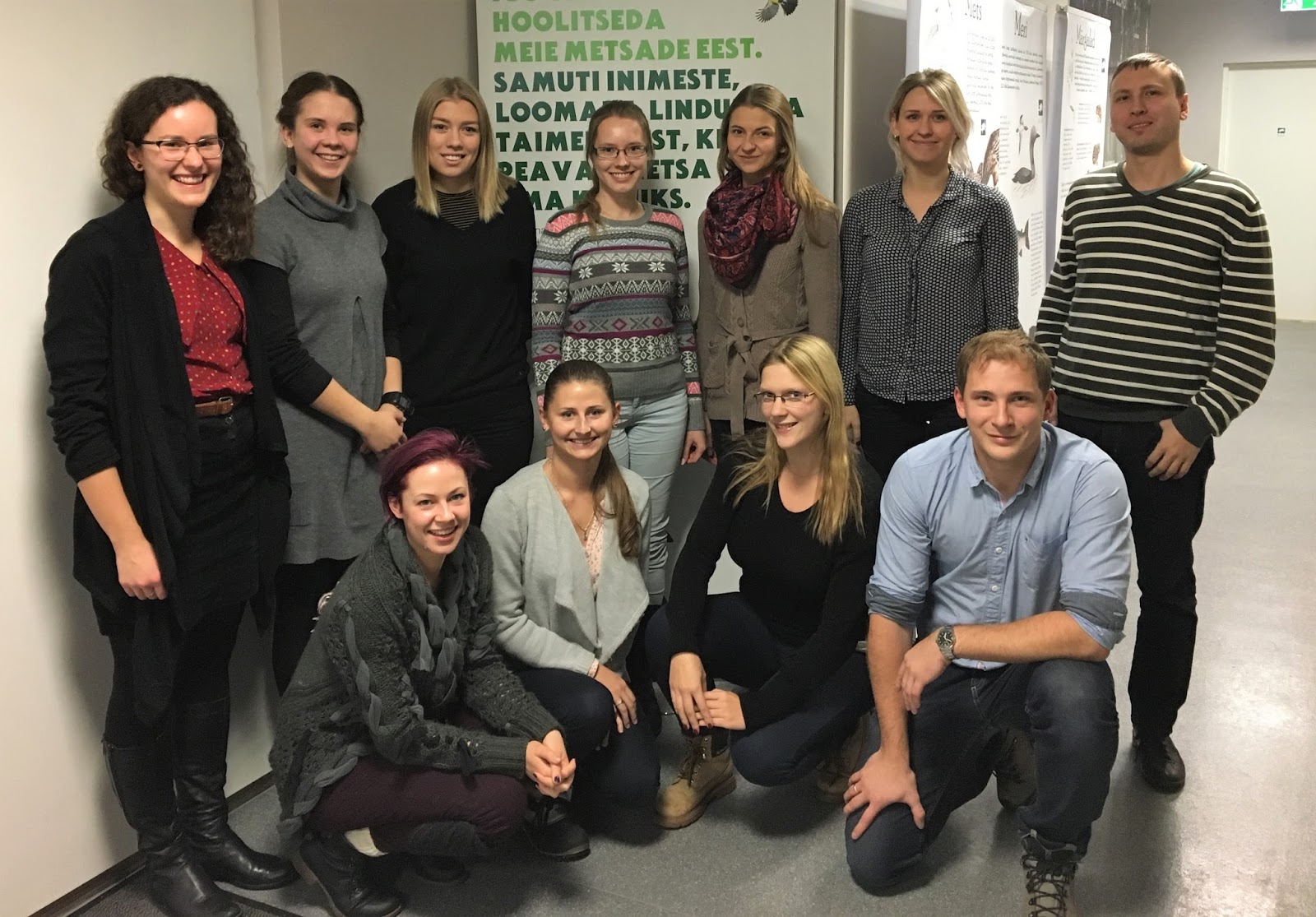Login Form
Newsletter
Support YEE
Deprecated: Methods with the same name as their class will not be constructors in a future version of PHP; plgContentJw_allvideos has a deprecated constructor in /home/html/yeenet.eu/public_html/www/archives/plugins/content/jw_allvideos/jw_allvideos.php on line 18
Deprecated: implode(): Passing glue string after array is deprecated. Swap the parameters in /home/html/yeenet.eu/public_html/www/archives/plugins/content/jw_allvideos/jw_allvideos.php on line 72
Estonian Fund for Nature |
|
Project team of the Estonian Fund for Nature
Freshhwater pearl mussel near extinction What is the issue: Freshwater pearl mussel (Margaritifera margaritifera) is one of the most endangered species in Estonia and also in the Europe. In Estonia, there is only one small river where there are still suitable habitats for mussels. Freshwater pearl mussel will need clean and cold water with high oxygen concentration and river bottom should be covered with sand. Due to the specific life cycle, mussels need salmons for breeding. Mussel's life cycle starts as a small larva and it needs to be attached to a host (salmon). After larva grows, it releases itself from salmon and starts its life as a small juvenile mussel. However, most of the juvenile mussels will die due to bad water parameters because sediments from drainage systems will cover small mussels in the bottom of the river and without oxygen they will die. Hence, the youngest mussels in river are approximately 50 years old. To help young juveniles to survive we need to reduce nutrient and sediment input to the river, especially areas, which are best preserved. What should be done: 1. Creating sedimentation damns for ditches entering to the river. 2. Removing beaver dams, fallen trees and other flow barriers. 3. Closing drainage ditches entering to the river (especially from forests and agricultural land). 4. Cleaning river shores from fallen trees, bushes etc. 5. Restoring river streambed. Expected results: By removing beaver damns we also increase the flow rate and oxygen concentration in the water. Beaver damns are also important barriers, which prevent salmons to swim in different sections of the river. If salmons cannot access the areas inhabited by mussels it is impossible for mussels to reproduce. By closing drainage ditches entering to the river we prevent nutrients and sediments to enter to the river and therefore we help juvenile mussels to survive. Restoring riverbeds with stones can also increase the oxygen concentration and provide decent areas for salmons to breed. The effectiveness of the previously listed measures can be evaluated analysing water physical- and chemical parameters (e.g. pH, turbidity, O2 concentration, electrical conductivity, flow rate) and the concentration of nitrogen, phosphorus and organic compounds. Presumably we can see instant effect by removing beaver damns to the O2 concentration, flow rate and turbidity. Funder:
|












